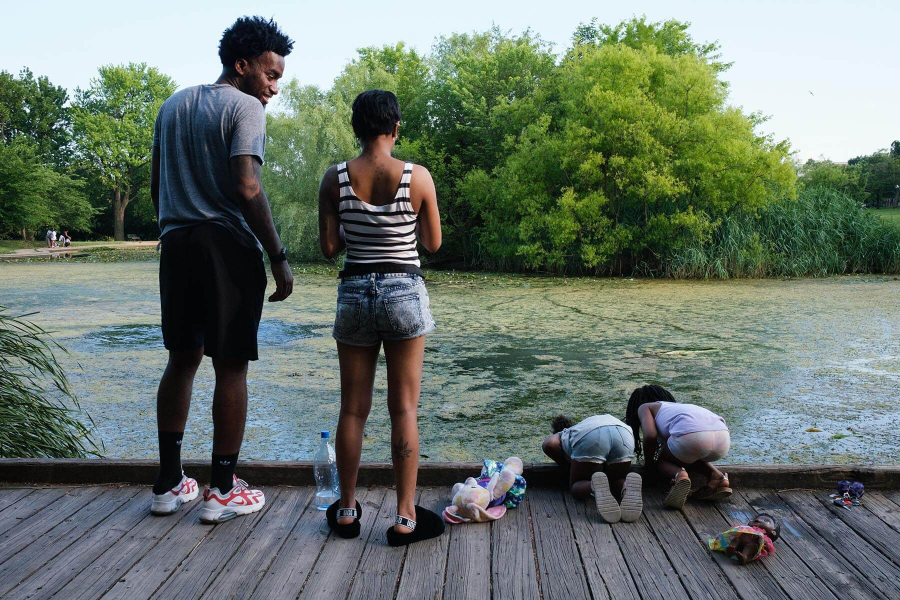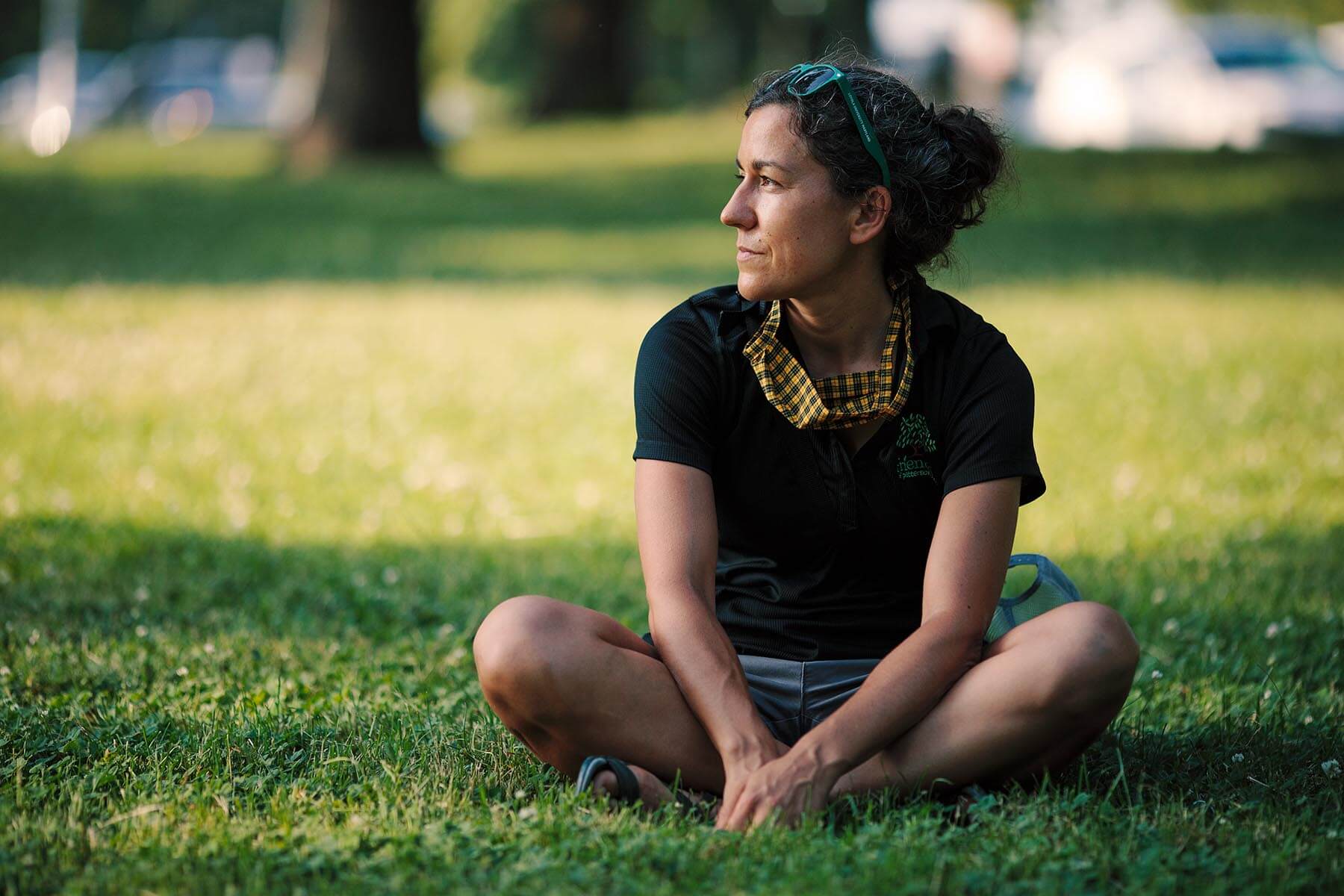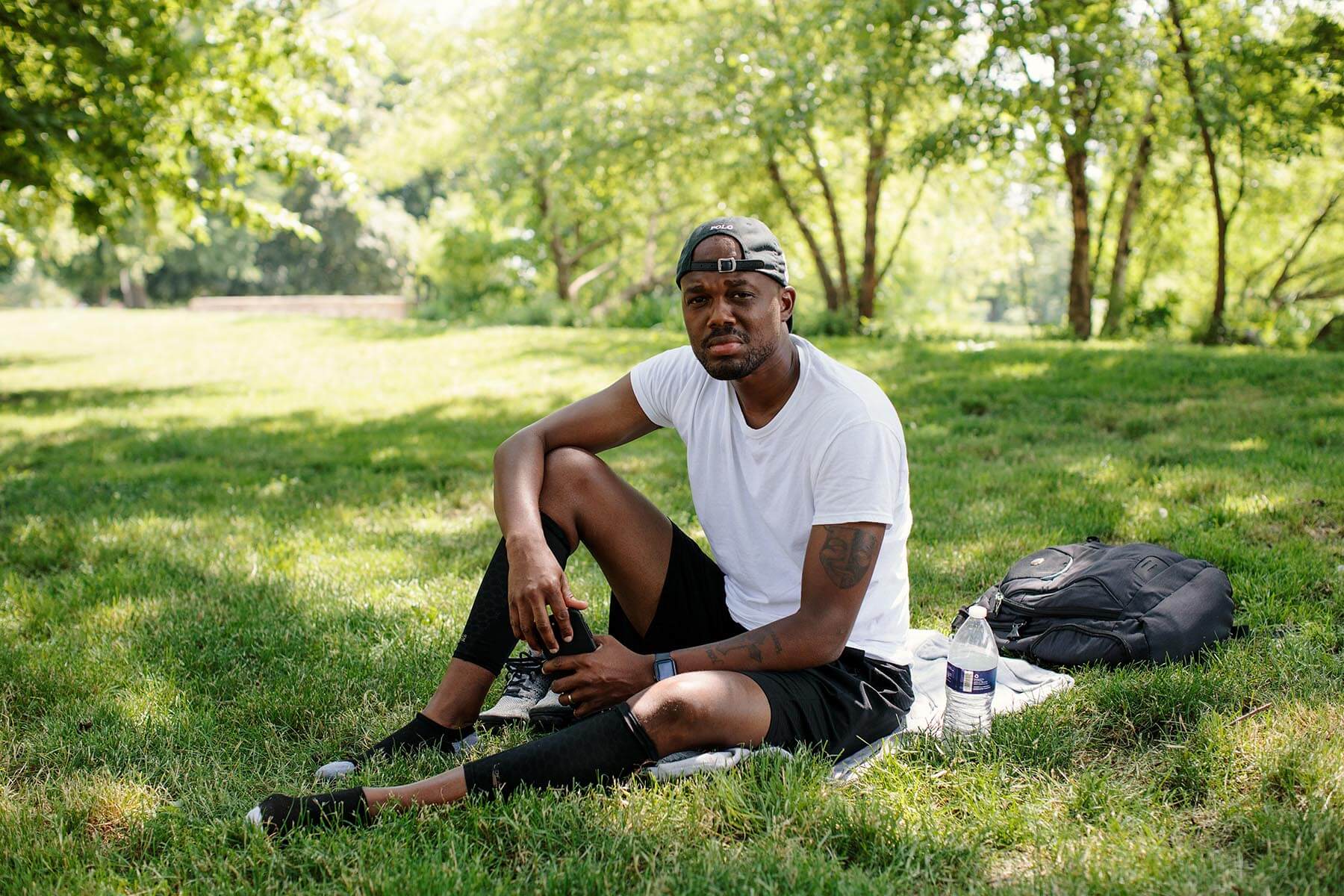Cultivating inclusion in an urban park

Surrounded by the concrete and asphalt of southeast Baltimore rests Patterson Park: 155 acres of lush open fields, native plants and trees, playgrounds, tennis courts and a community garden. Often called the "Best Backyard in Baltimore," the park is an oasis for local residents. While most green spaces tend to be more accessible to affluent, predominantly white communities, Patterson Park is a unifying space that welcomes all.
Over the years, revitalization efforts organized by the local government, community members and non-profit organizations have created a safe and welcoming space for communities of color, particularly black and Latino residents. The Baltimore City Department of Recreation and Parks collaborates with these non-profits to ensure park maintenance is completed and access to events and programs is equitable for all.
One such organization is Friends of Patterson Park. Every year, the organization hosts concerts, recreational activities, educational programs and events, such as Día del Niño, which is a celebration that includes art, folkloric dance, sports, games, food and piñatas to engage community youth. Additional programs include Zumba classes that offer African and Latin rhythms and beats and youth soccer games meant to attract the entire family. To ensure accessibility, programs are promoted in English and Spanish and often offered for free.

Katie Long, program director for Friends of Patterson Park, strives to improve access to the park for everyone. As a fluent Spanish speaker, she serves as a liaison to the immigrant communities in the surrounding neighborhoods.
“I'm always working with the southeast Baltimore community on how we can serve them better,” said Long. “I go to community meetings and listen to what people want. I listen to the challenges they're having in the parks, how we can help overcome those challenges and make the park easier to use so that it serves as many people as possible.”
For Long, the programs are also an opportunity to expose residents to new cultures and create a sense of community. She believes that Patterson Park and other urban green spaces "are a good opportunity for people from different backgrounds with different interests with different histories to come together in a shared space.”
Another organization serving diverse communities in Baltimore is Audubon. Patterson Park Audubon Center focuses on environmental education by teaching multi-part lessons to elementary school children and providing gardening workshops that build bird-friendly habitats. The organization’s Bird Ambassadors program specifically works with Spanish speaking mothers whose children participate in Audubon’s education programs. This approach encourages parents to engage in nature with their children and feel safe within the park.
“These mothers form a beautiful connection with the migratory birds when they realize how much they can relate to the birds’ journey,” said Erin Reed Miller, education manager at the Patterson Park Audubon Center. “Many of these birds migrate from Latin America. The same oriole can land in their hometown and Patterson Park.”
Investments in green spaces and efforts to improve access provide important benefits to residents. A growing body of evidence suggests that time spent in nature and access to green space improves physical, mental and overall well-being, while fostering social cohesion, promoting physical activity and mitigating stress, anxiety and depression.
Unfortunately, not every community has the necessary resources to increase access to green spaces. Non-profits such as Audubon and Friends of Patterson Park play a vital role in filling investment gaps by providing the funding, time and talent needed to get programs off the ground. They also can communicate with community members and advocate for services or amenities that may not have been considered otherwise.
The importance of areas such as Patterson Park is not lost on visitors. Resident Bradford Buchana, who comes to the park with his long-time girlfriend and his two cousins, uses the opportunity to connect his family with nature.
“A lot of people in urban communities don’t get to see nature,” said Buchana. He sees a critical relationship between humans and the environment, especially in green spaces like the park, where “the beauty of mother nature [is] almost like the zoo is in the grasp of your hands.”
Another resident, Charlie Griffin, also connects with nature on a deeper level. With a hobby for woodworking, Griffin enjoys coming to the park to be surrounded by the material he works with.
Many local governments have realized that urbanization must be balanced with the preservation of green spaces. Baltimore City provides various other green spaces, such as Lake Montebello, Druid Hill and Masonville Cove, which service an even greater majority of people from underserved neighborhoods and diverse backgrounds. Throughout the Chesapeake watershed, neighborhood beautification efforts are focusing on the social and ecological impacts. In Virginia, for example, Richmond has created a “Green Team” to identify ten public spaces that will be turned into green environments for the community. And Paradise Creek Nature Park in Portsmouth offers green space amid heavy industry.
These efforts provide immense value to underserved communities, many of whom just want to enjoy nature to the extent that others do. As mentioned by Griffin, “Anytime you can be in a city and be surrounded by nature is a beautiful thing.”

Comments
Don't forget the after-school and summer program that Living Classrooms Foundation operates serving middle-school students in the Patterson Park and Highlandtown area, plus their free community fitness classes at Park House, a community center located next to the ice rink. Students engage in physical activity, educational enrichment, homework help, cooking, gardening, and service-learning opportunities. The foundation also manages Utz turf field, often hosting sporting events including an organized middle-school sports league it began a few years ago.
Patterson Park is truly a Baltimore City gem, great article!
And much appreciation for the Masonville Cove mention at the end :)
What an awesome article and a great highlight of the importance of green spaces!
Outstanding article! The potential for senergy between the urban and natural landscapes can elevate the quality of life for all and is definitely worth the effort. Thanks.
Thank you!
Your comment has been received. Before it can be published, the comment will be reviewed by our team to ensure it adheres with our rules of engagement.
Back to recent stories